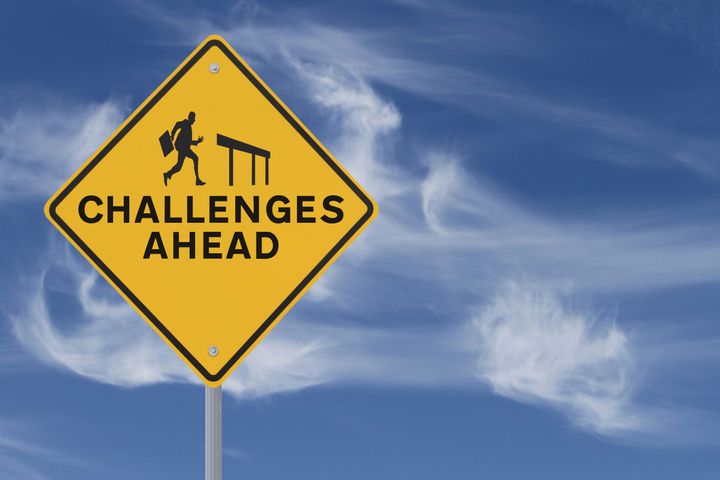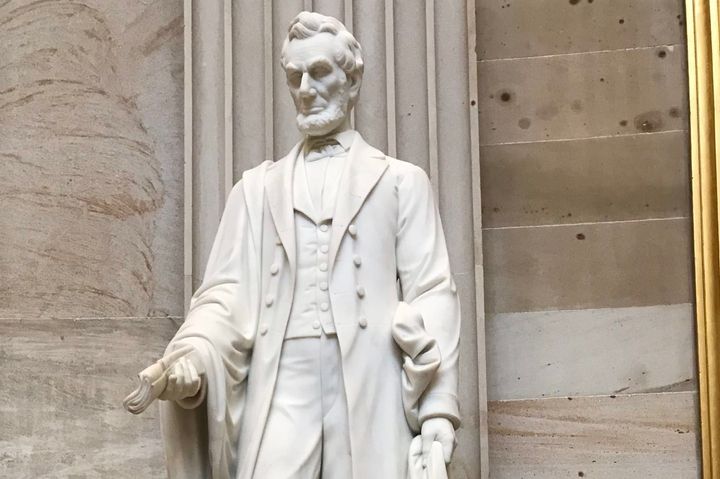12 Leadership Lessons from Low Tides and Crisis

Note: When I first published this a few years ago, it was a cautionary tale about preparing our organizations for ordinary challenges. I hope the lessons are helpful to you now.
High tides indeed lift all boats. What about low tides? As leaders, we enjoy the time of rising tides and business fortunes, but experience increased complacency and expectations for the high tides to continue. The low tides provide leaders the opportunity to expand their resilience, creativity, and inner strength.
Some examples of low tides:
1. A division in a cyclical industry generates $120 million in operating profit one year and loses $14 million the next.
2. A business owner believes that 100% of a day’s revenue is available to him for a luxury car purchase before it’s explained to him that 90% is already committed to employees and suppliers. His spending habits force him to sell his company.
3. A company loses its largest client representing 30% of its revenues and most of its profits.
4. A president whose forecasts are so unrealistic, the finance team uses operating profit as the revenue outlook for the division. The division closes a year later.
5. A global pandemic changes daily life for most of the world.
At high tide, when the lagoon is full of cash and profits, leaders learn things. But when the tide goes out and reveals the tree stumps and rocky bottom, leaders learn more about themselves and their people.
Low Tide Lessons
1. We challenge assumptions. Things that we believed were self-evident a few months ago may not be now. A crisis requires leaders to challenge assumptions and, as importantly, permits them to do so. Focus now on the vital few priorities; the rest will be waiting for you on the other side of this.
2. Leadership becomes intensely personal. Jobs and the well-being of employees and families are at risk. Out of fear and overwhelm, some leaders retreat into meetings. Instead, we must reach out to connect with people (even virtually) during a crisis. Our employees are always watching, but now, they need us to step up to another level.
3. Styles under stress are exposed. Many things are stress-tested during a crisis, not the least of which are behaviors. Take the time to focus on what you want and need when interacting during a crisis. A few thoughtful breaths may be the difference between restoring confidence and company-wide confusion.
4. Get out of the echo chamber. Ask for help from a variety of perspectives. People are collecting data and information that may be relevant to the discussion now. Titles don’t matter, contribution does.
5. Surprising people step up. People that previously worked diligently and quietly raise their hands to help. Whatever fear stopped them before becomes less important than the bigger purpose of supporting colleagues and customers through challenging times.
6. Some leaders freeze. Help unfreeze them. Most of us think we know how we would react to a crisis, but until it happens, we don’t know for sure. Some leaders play a smaller, seemingly low-risk game to avoid making mistakes. During a crisis, leading to win is light years away from trying not to lose. If you see somebody that is stuck, offer to help them get out of their head, zoom out to see the bigger picture, and zoom back in (together) to develop solutions.
7. Process improvement becomes easier. With high tides, the impetus to change is minimal—why change what’s working? When performance sinks during a crisis, the urgency grows, and, miraculously, we begin to find ways to simplify processes, lower costs, deliver better and faster, and hack our way out of danger. The constraints that kept the company from improving before are tossed aside now in favor of survival.
8. Crises test values. The values established during high tides are stress-tested during low tides. Everyone will see, as they experience the challenges, which values are real. A crisis is an opportunity for the team to emerge stronger than before, to identify improvement areas, or to become ordinary. In the end, the organization and its people are either stronger or weaker, but they are never again the same.
9. Focus sharpens. When the pantry is full, we’re confident the next meal will be there. The high tide increases complacency. At low tide, lack and scarcity enter our awareness, and our attention shifts to making sure we eat again. Low tides sharpen our focus and drive us to act.
10. Routine decisions (and timeliness) are magnified. Leaders make dozens of choices each day, most of them unchallenged. During a crisis, every decision has heightened significance and scrutiny. Don’t delay time-sensitive decisions, remove obstacles to people’s performance, and spend a bit more time discussing unintended consequences.
11. How we lead matters more. People are scared, nerves frayed, trust is low, and the stakes are high. Motive always matters in leadership, but crisis requires us to bring our best selves to work. There is a vast difference between uncertainty and panic. Everyone will be looking for signs that normalcy will eventually return and that their leaders are with them during the crisis.
Words spoken and written will be picked apart for hidden meaning, so clarity of communication is critical. This is also a perfect time to focus on what’s missing that may help comfort and guide our teams, so a kind word of encouragement, checking in on their well-being, and taking an extra few minutes to listen, will be a powerful demonstration of leadership.
12. The biggest lesson—take gentle care of one another.


